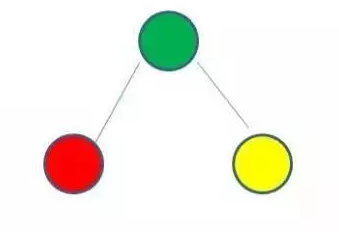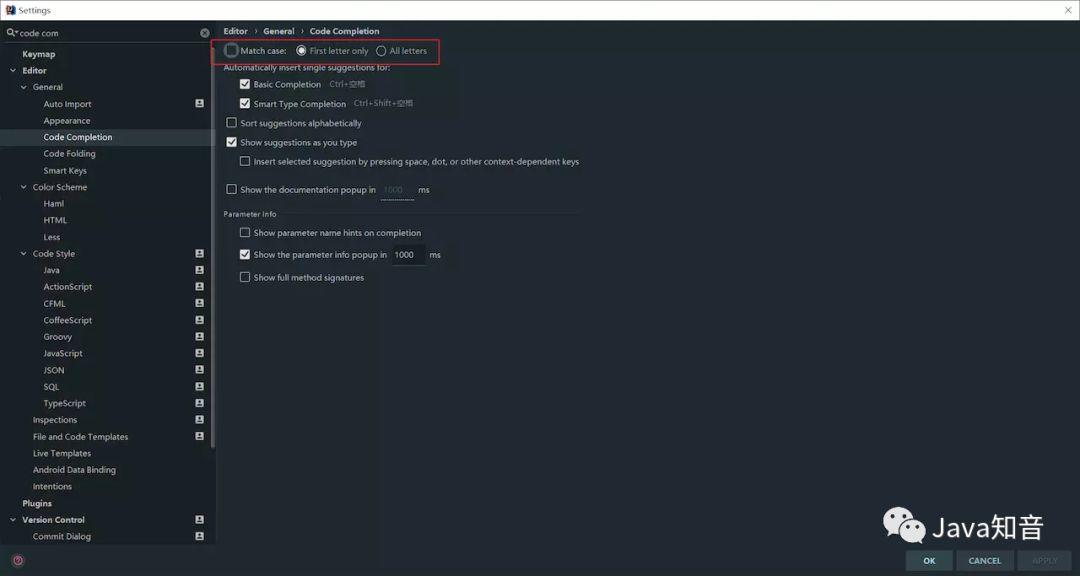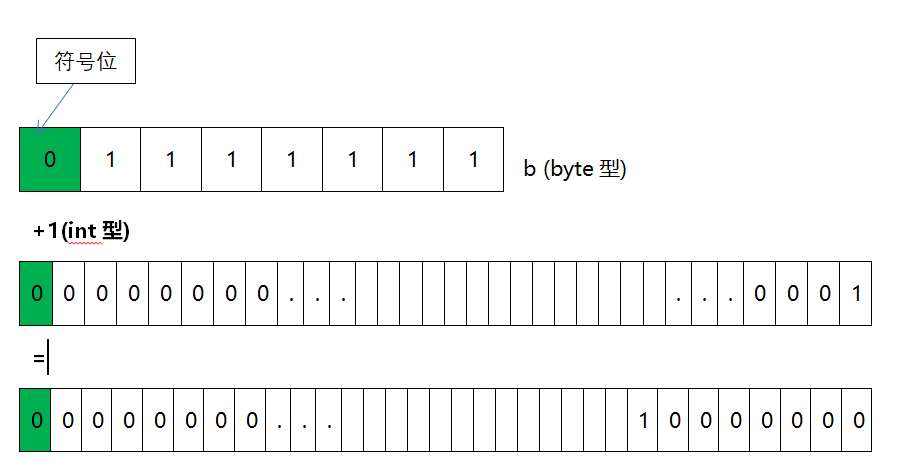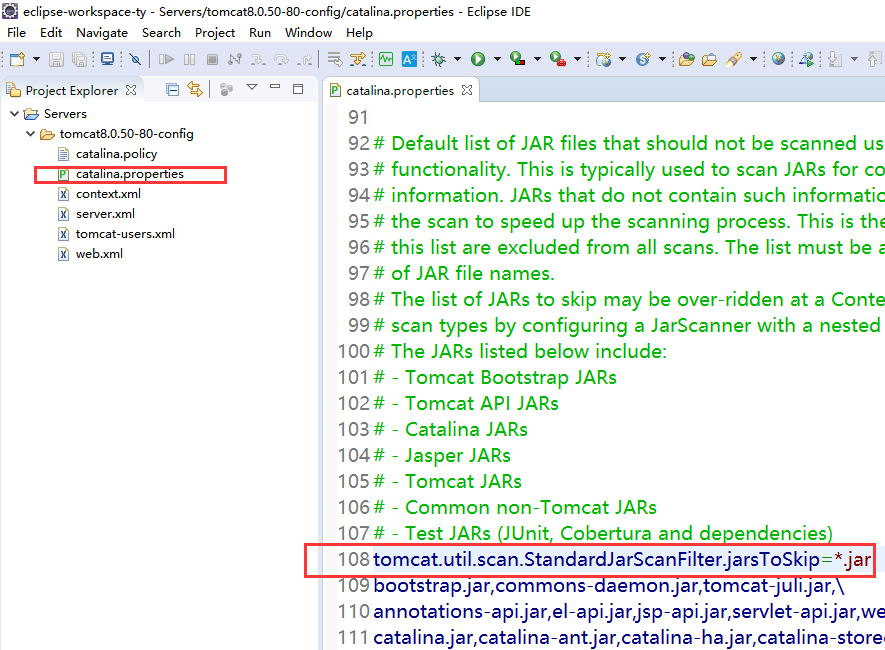论文笔记_SLAM_An Overview of SLAM
目录
1 论文介绍
2 SLAM 要解决的问题
3 SLAM 分类
4 Positioning 解决方案发展
4.1 non-probabilistic
4.2 probabilistic 基于概率的方法
5 VO 解决方案发展
5.1 feature point method 基于特征提取的方法 (目前主流)
5.2 direct method 不提取特征,直接法
1 论文介绍
- 出处:(CISC)Chinese Intelligent Systems Conference
- 年份:2018
- 作者:Sufang Wang, University of Science and Technology Beijing
2 SLAM 要解决的问题
- navigation
- positioning
3 SLAM 分类
- LiDAR SLAM
Visual SLAM
分类
- Monocular SLAM, 使用单相机
- Stereo Vision, 使用立体相机
- RGB-D, 使用带depth的RGB相机
设计分为两部分
- Visual front-end 视觉处理前端: Visual Odometry (VO)
- optimized back-end 优化处理后端
4 Positioning 解决方案发展
4.1 non-probabilistic
- VO ( visual odometry )
4.2 probabilistic 基于概率的方法
bayesian estimation (BE)
主流:Kalman filter (非线性系统方案, 问题是 lack of self-closed loop capability)
- Extend KF (EKF)
- Unsented KF (好一点)
particle filter (PF) method
RBPF(Rao-Blackwellised Particle Filter)
- FastSLAM (特征使用EKF估计)
5 VO 解决方案发展
5.1 feature point method 基于特征提取的方法 (目前主流)
Mono SLAM
设计:
- front : track point
- back: EKF
发展
parallel tracking and mapping (PTAM)
ORB-SLAM (目前较常用,ORB: Oriented FAST and BRIET 特征)
- 问题: 对象的 true depth 不可知; stereo cameras 的计算量太大
发展方案
RGB-D SLAM
- 使用 SIFT 特征
- RANSIC 算法
- ICP 算法(目前广泛使用)
5.2 direct method 不提取特征,直接法
根据使用的像素点数的多少分类:
sparse
- SVO (fast semi-direct monocular visual odometry, ICRA 2014)
semi-dense
- LSD-SLAM ( a large-scale direct monocular SLAM, 2014)
- dense
直接法的优缺点
- 优点: 执行快;对于光学测量误差的鲁棒性好
- 缺点: 在 large baseline motion中, 鲁棒性差



































还没有评论,来说两句吧...